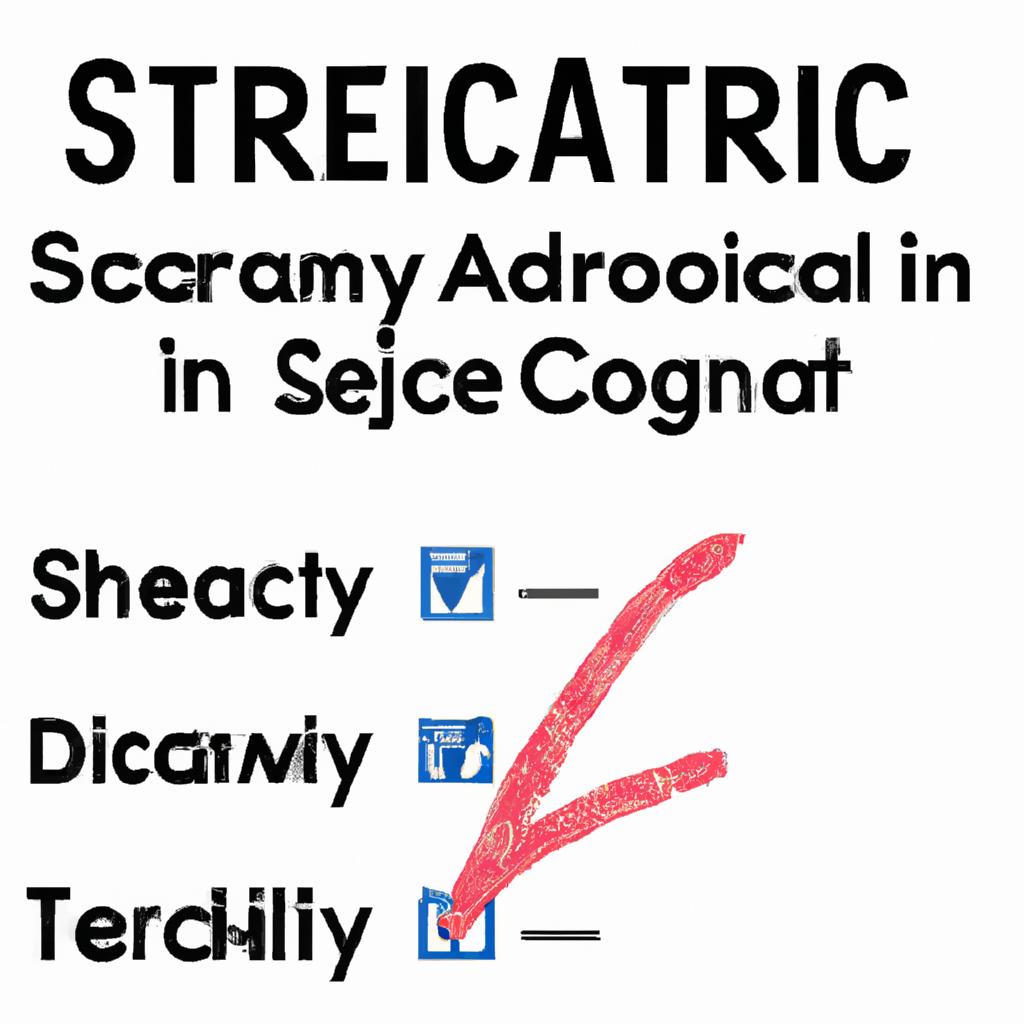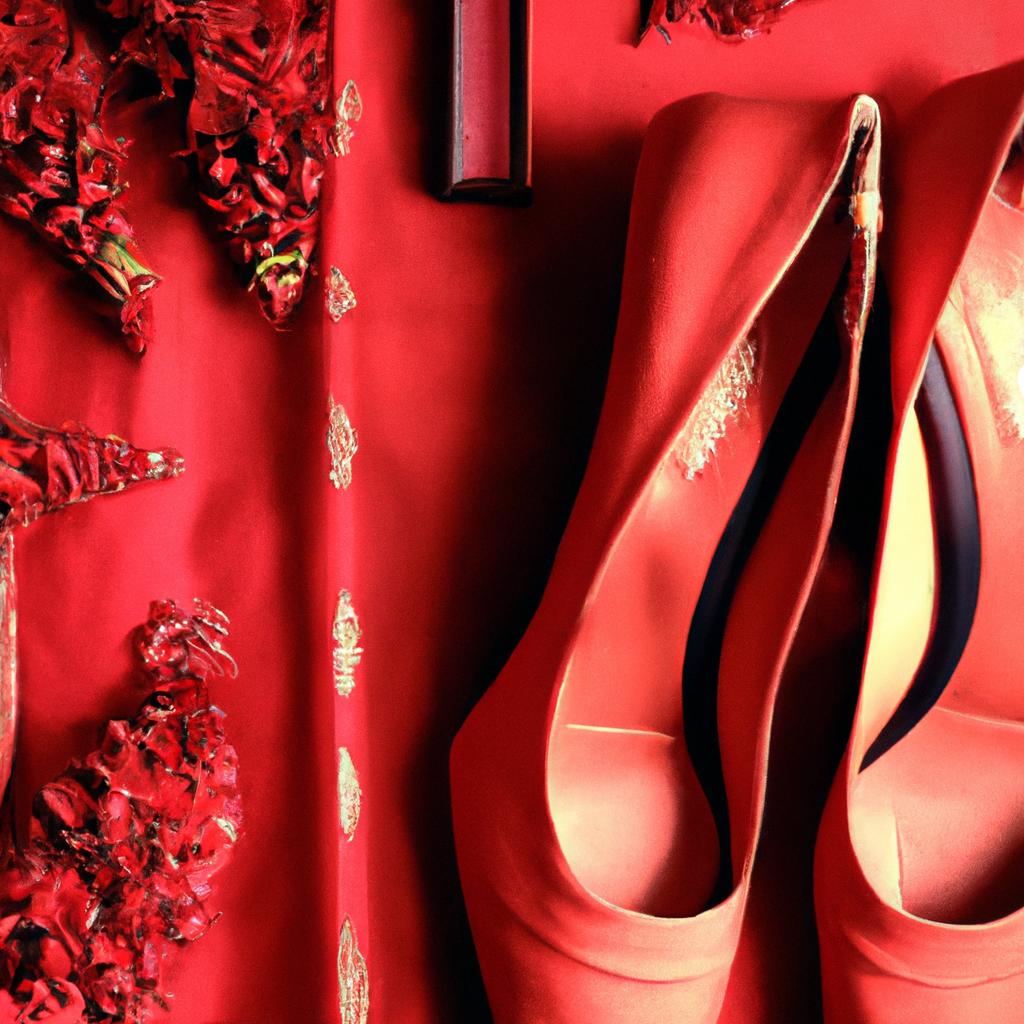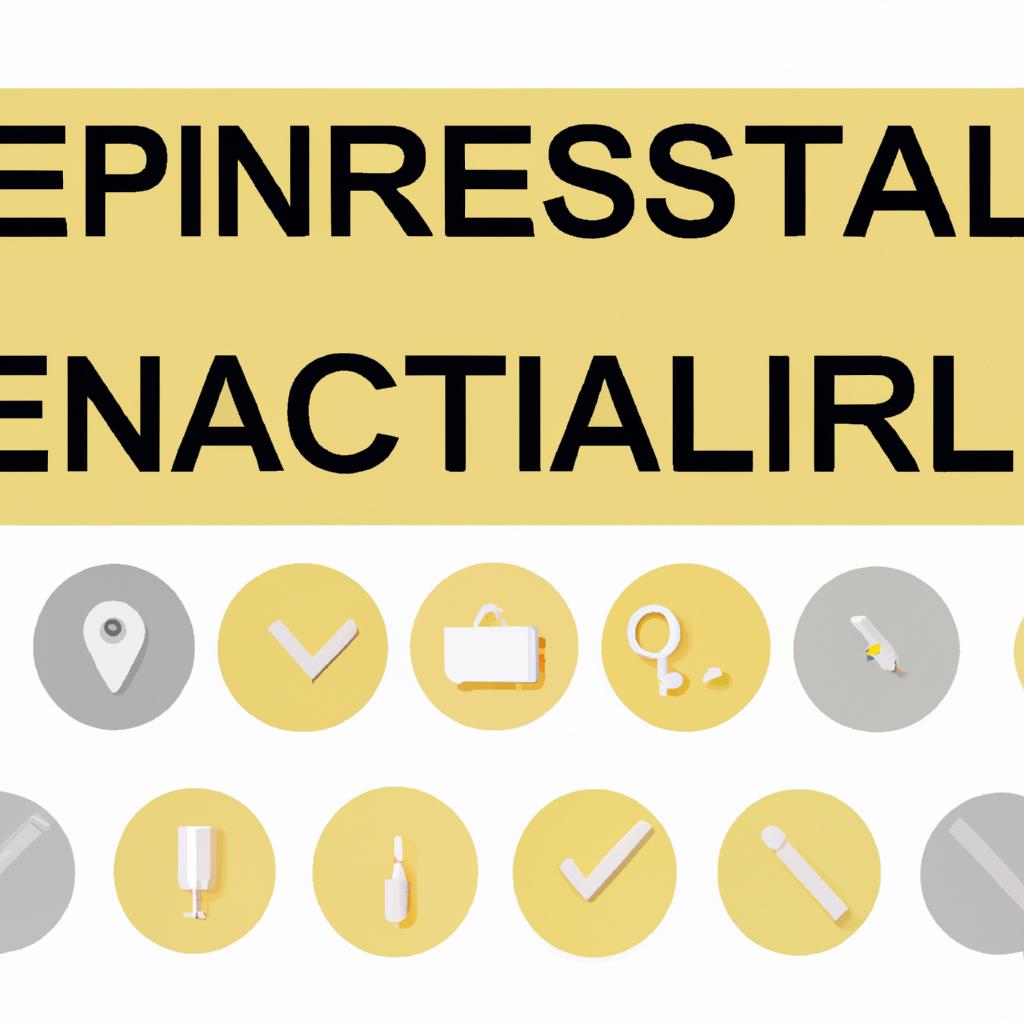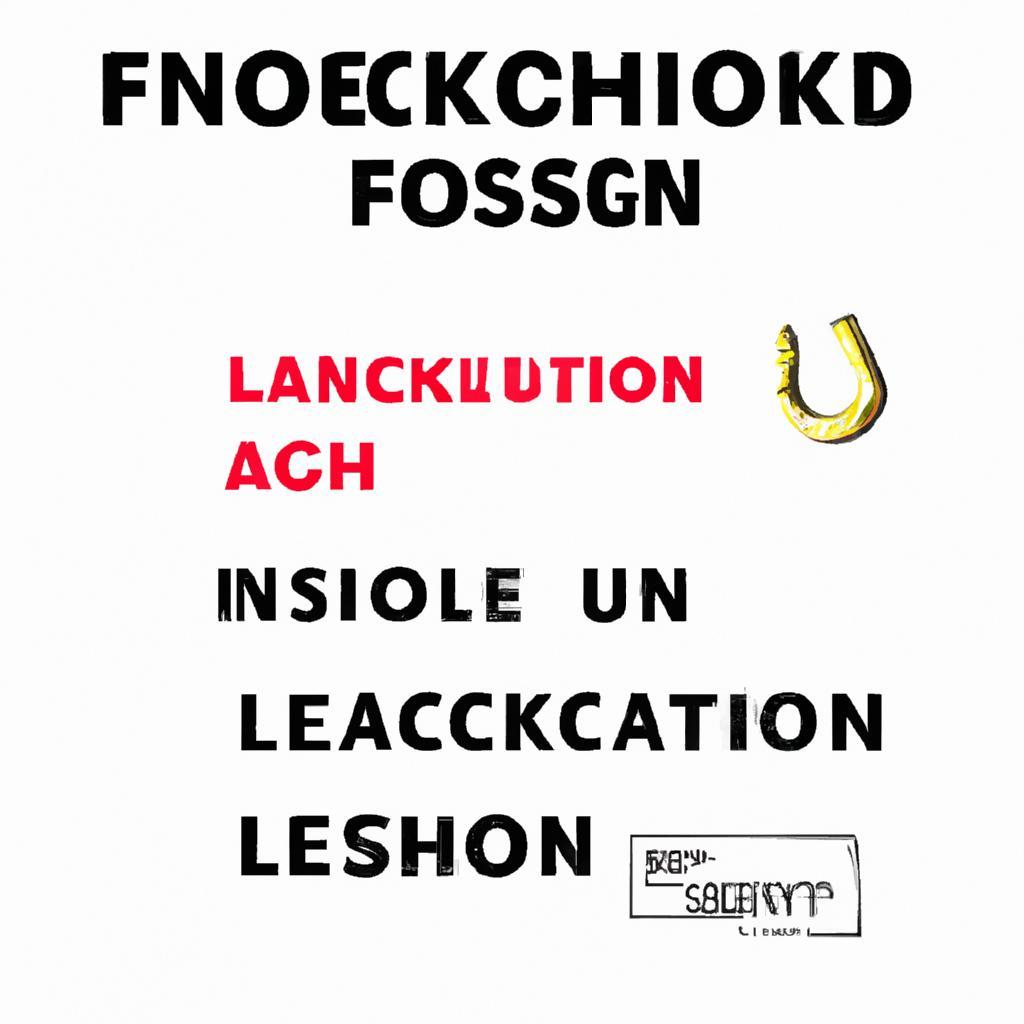In the vibrant tapestry of culture and society, fashion emerges not merely as a means of adornment, but as a profound mode of expression that communicates identity, emotion, and intent. Yet, behind the dazzling façade of runway shows and the intricacies of textile design lies a complex language that often goes unnoticed. Enter “Unlocking Fashion Language: Insights from the Fashion Encyclopedia,” an exploration into the lexicon that defines the world of style. This article aims to unravel the intricacies of fashion terminology, illuminating the connections between history, culture, and the contemporary trends that shape our sartorial choices. Join us as we delve into the pages of this comprehensive reference, unveiling the meanings, histories, and stories stitched within the very fabric of the fashion universe.
Decoding Fabric Terminology for Savvy Style Choices
Understanding fabric terminology is essential for making informed style choices that not only complement your wardrobe but also cater to your lifestyle. Knowing the difference between terms like **natural** and **synthetic fibers**, or **woven** and **knit fabrics**, can help elevate your fashion game. Here’s a quick lexicon to get you started:
- Natural Fibers: Derived from plants or animals, these include cotton, wool, and silk.
- Synthetic Fibers: Man-made materials such as polyester, nylon, and spandex, known for their durability.
- Woven Fabrics: Created by weaving threads together, examples are denim and twill.
- Knit Fabrics: Made by interlocking loops of yarn, common in jersey and ribbed textures.
To deepen your understanding, consider the following table that compares popular fabrics commonly found in fashion:
| Fabric | Characteristics | Best Uses |
|---|---|---|
| Cotton | Soft, breathable, and easy to dye | Casual wear, summer garments |
| Wool | Insulating, moisture-wicking, and durable | Winter clothing, warm sweaters |
| Silk | Lustrous, lightweight, and luxurious | Evening wear, scarves |
| Polyester | Wrinkle-resistant, durable, and quick-drying | Activewear, outerwear |
Arming yourself with this terminology not only helps in selecting the right fabric but also enhances your ability to communicate your style preferences effectively. Next time you are browsing fashion items, these insights will empower you to choose fabrics that best suit your needs and aesthetic goals.

Understanding Fashion History to Enhance Personal Aesthetics
Fashion is more than just clothing; it is a narrative woven through time. By immersing ourselves in its history, we unlock a treasure trove of **cultural influences, artistic movements**, and **socio-economic factors** that have shaped the styles of different eras. Understanding pivotal periods such as the Renaissance with its extravagant garments or the rebellious spirit of the 1960s can offer insights into why certain silhouettes resonate today. By examining these transitions, we can discern how to blend past styles with our modern lifestyle, creating a personal aesthetic that speaks not only to current trends but also to our individuality and history.
The language of fashion is expressed in myriad ways, from **color palettes** to **fabric choices**. Knowledge of historical context allows us to curate our wardrobes thoughtfully, drawing inspiration from the **bold geometry of Art Deco**, the fluid lines of the Aesthetic Movement, or the minimalism inspired by the Bauhaus. Whether you’re keen on mastering layering techniques reminiscent of the Victorian era or incorporating eclectic accessories that nod to the punk movement, knowing what each period represents can elevate your personal style. The combination of past and present fosters a unique voice in fashion that goes beyond fleeting trends.

Essential Glossary for Navigating Modern Trend Discussions
To effectively engage in modern fashion conversations, understanding key terms is pivotal. Whether discussing the latest runway shows or street style, a solid grasp of specific vocabulary can elevate your dialogue. Here are some essential terms to familiarize yourself with:
- Capsule Wardrobe: A curated collection of essential clothing items that can be mixed and matched for a variety of looks.
- Fast Fashion: Trends that are quickly produced and made available at lower prices, often at the expense of quality and sustainable practices.
- Streetwear: Fashion inspired by urban culture, often characterized by casual, stylish, and comfortable clothing.
- Avant-Garde: Innovative and experimental designs that push boundaries and defy traditional fashion norms.
Moreover, some terms reflect broader trends and movements influencing the industry. Here’s a quick overview:
| Term | Definition |
|---|---|
| Sustainable Fashion | Fashion that prioritizes eco-friendly materials and ethical production methods. |
| Inclusivity | The movement towards representing diverse body types, ethnicities, and gender identities in fashion. |
| Digital Runway | Fashion presentations that utilize virtual platforms to showcase collections, especially important in a post-pandemic world. |
| Gender-fluid Fashion | Styles that transcend traditional gender norms, appealing to a wider audience. |
In Summary
As we draw the curtain on our exploration of “Unlocking Fashion Language: Insights from the Fashion Encyclopedia,” we find ourselves at the intersection of creativity and communication, where every stitch and silhouette carries a story waiting to be told. Fashion, often perceived merely as a visual spectacle, is, at its core, a rich tapestry of language that merges culture, history, and personal identity.
Through the pages of the Fashion Encyclopedia, we have uncovered the subtle nuances of terminology that shape our understanding of style and expression. Every term reveals a facet of this dynamic world, prompting us to reconsider the garments we wear and the statements they make.
As you step away from this article, consider how you can engage with fashion beyond its surface. Embrace the language that surrounds it, and let that awareness inform your choices, whether you’re curating a wardrobe, appreciating a runway show, or simply weaving your narrative into the fabric of everyday life. Fashion is not just what you see—it’s what you say, how you feel, and ultimately, who you are.
So, go forth and explore. Let the insights gleaned from the Fashion Encyclopedia empower your journey through this vibrant language, and may your own style speak volumes about your unique story.

